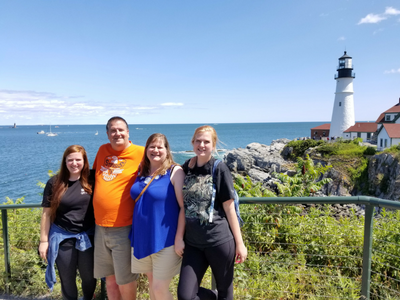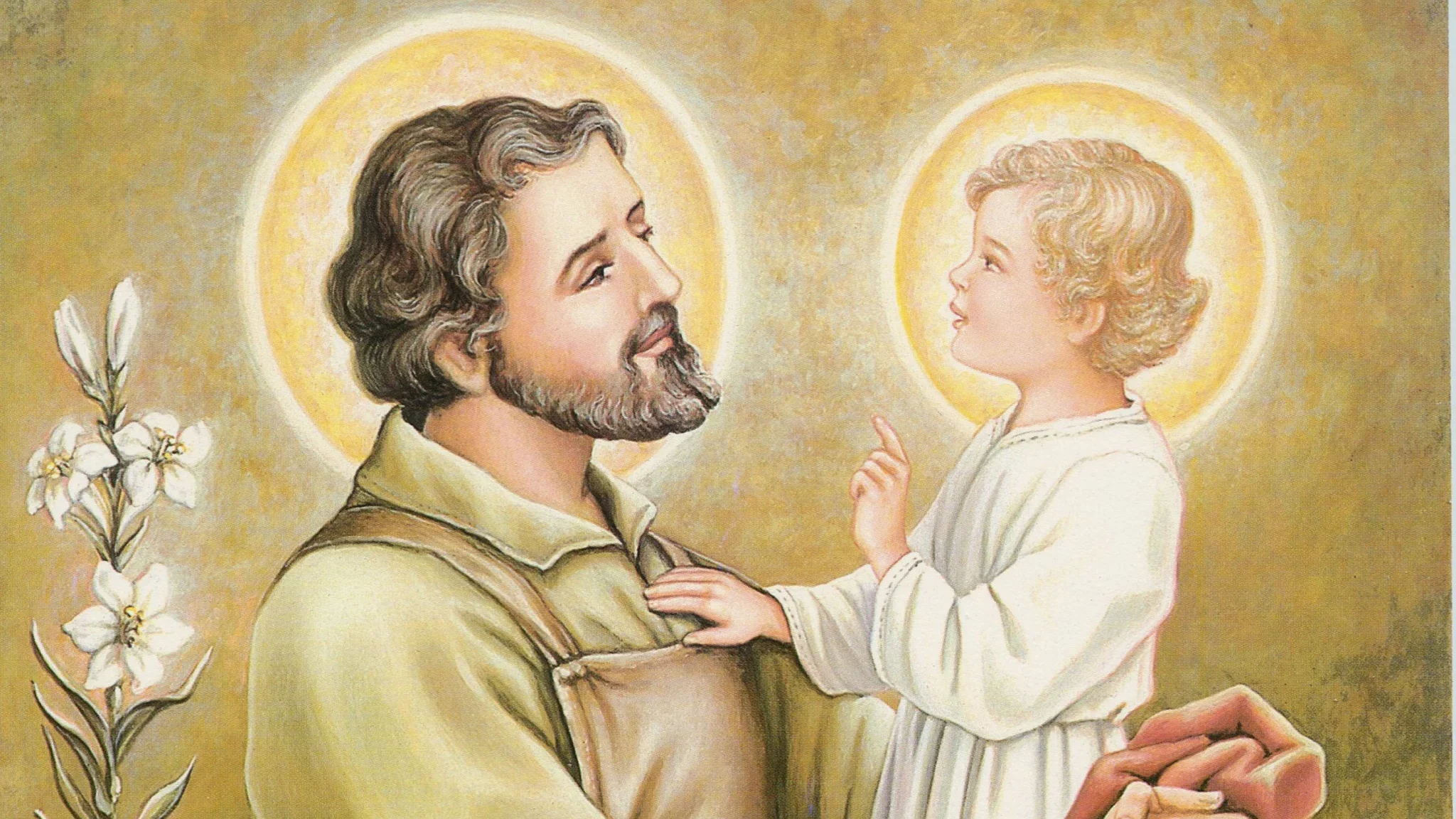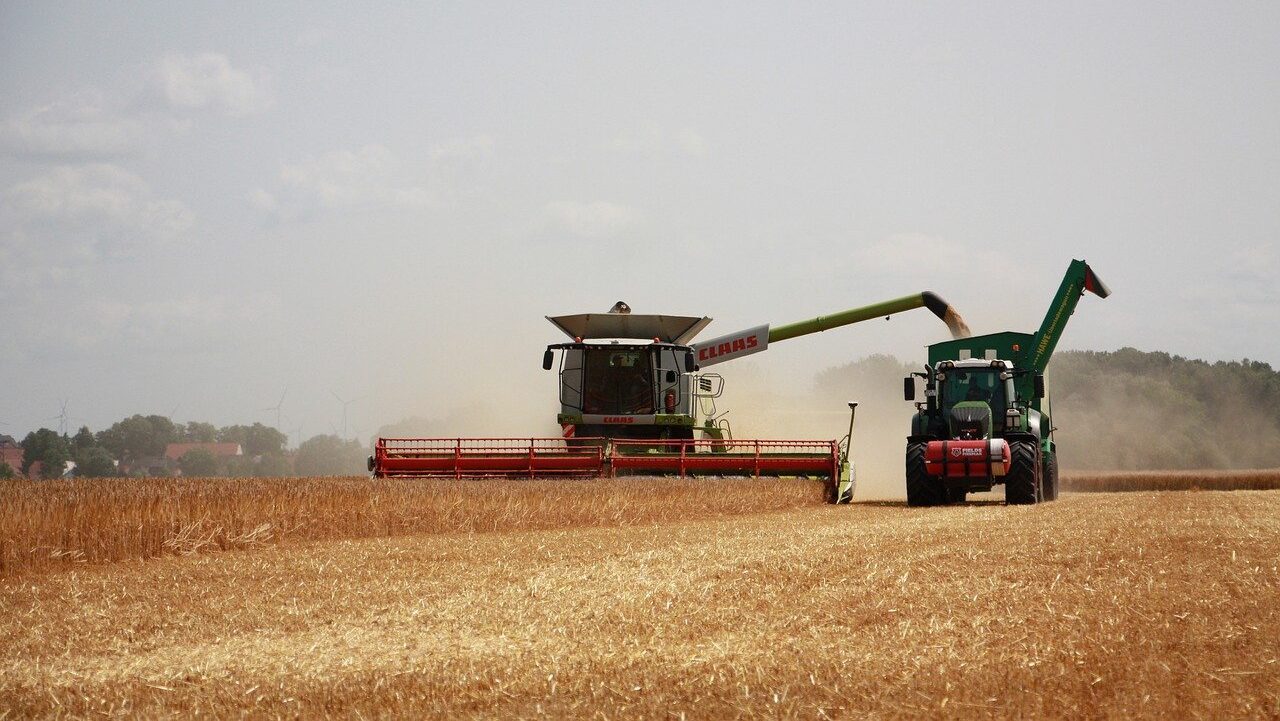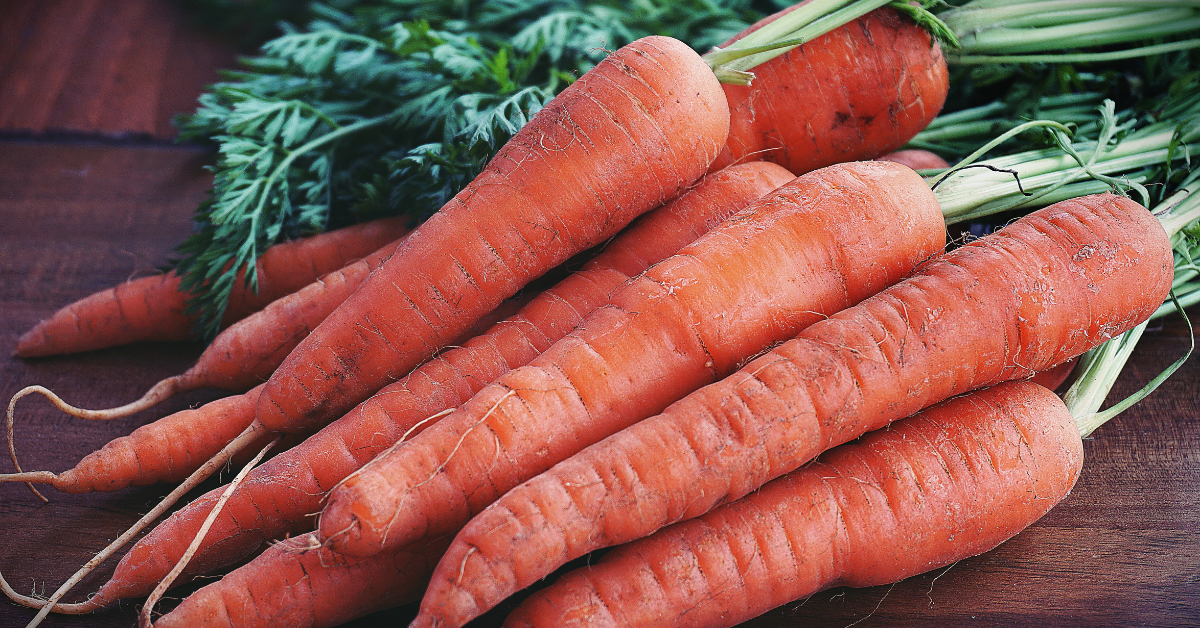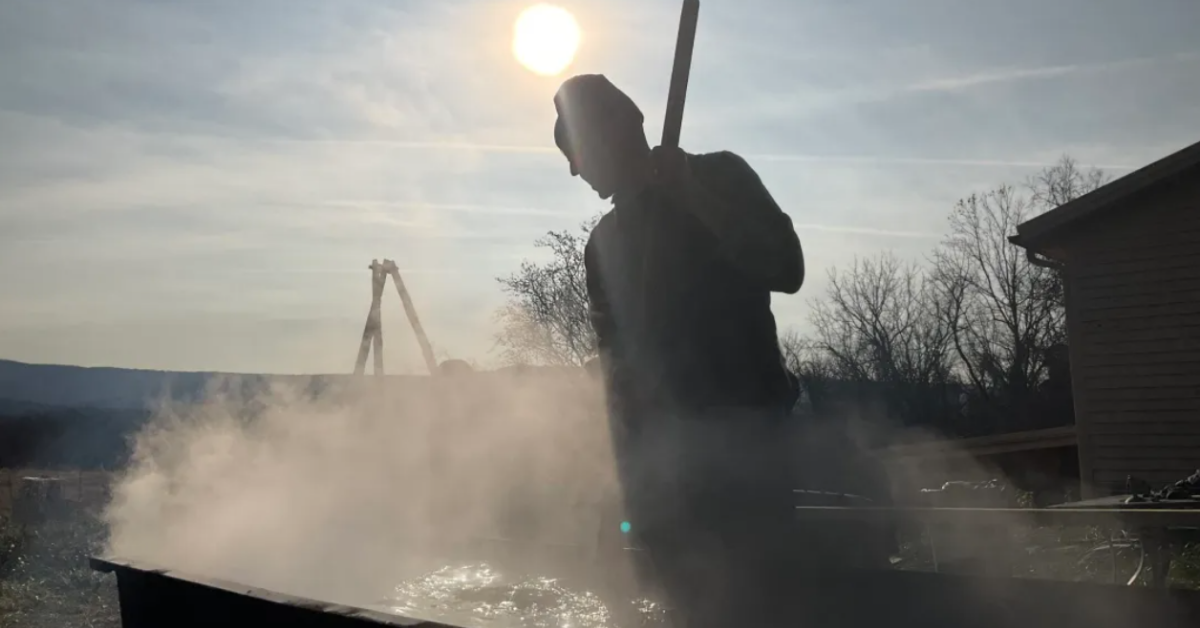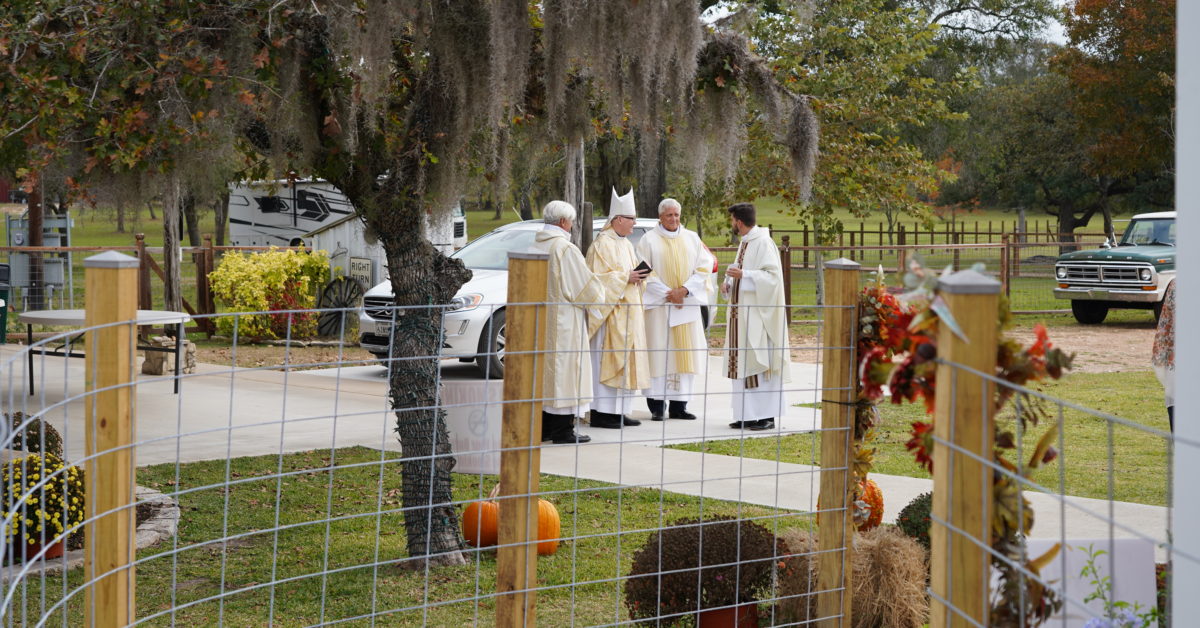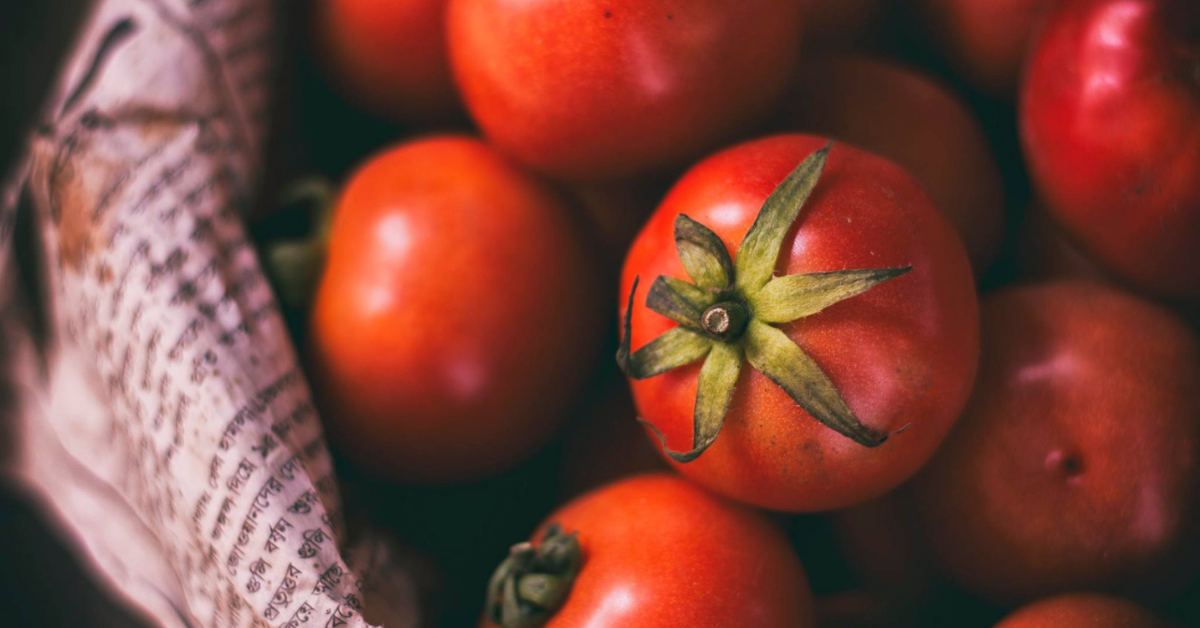Thomas Berry was a Passionist Brother who received a PhD in European Intellectual History from the Catholic University of America. His writings and words have been instrumental in my “aha” moments that I noted in Part I. Berry spent his life studying the environment as well as the cultures and religions of Asia. Thomas Berry spent some time at Loyola University in New Orleans where I am currently studying for my Master of Pastoral Studies. His influence is noticeable in their programs. One of his thoughts validated some study I had been doing the past several years. To paraphrase, Berry says to fully understand our own religion, we must study at least one other religion.
I have become very interested in Native American religion and spirituality. There are many more similarities than differences between Christianity and Native American beliefs. The Great Spirit is another name for God. Creation stories are important in each culture. If you look deeply at all monotheistic religions (including Islam), you will discover identical results. We are all more alike than we are different. If the world practiced Berry’s words, the world would be much safer and serene as there would be understanding instead of fear.
Thomas Berry gave an address at Loyola University in the year 2000. In it, he noted that in the Omaha Indian tradition, a personal relationship with creation was established at birth. The infant was presented to the universe with this prayer, “Oh! ye sun, moon, stars, all ye that move in the heavens I bid you hear me. Into your midst has come a new life. Consent ye we implore make its path smooth that it may pass beyond the first hill.” Similar prayers were given to the atmospheric powers, all animals and the land. The entire creation was called upon to assist the infant to acquire the needed psychic and physical powers to live a fruitful life. (For those of you that have seen The Lion King, that should sound very familiar.) The Sioux Indians had a similar ritual when children reached maturity in their sweat-lodge ceremony and vision quest.
All Native Americans recognized the need for a strong relationship with all creation to guide them through the many perils of an earthly existence. There were many ceremonies and rituals that continuously connected them to creation. Their entire existence was based on living in union with the universe. They knew the habits and migration of various animals that they hunted for food, clothing and shelter. Native Americans knew to only take what they needed so that the animal herds would maintain their populations. They had knowledge of all plant life and knew which ones provided medicinal or nutritional sustenance. The North American continent must have been like the Garden of Eden when European settlers arrived. However, some settlers ignored the centuries of knowledge the Natives had acquired. Creation and man no longer lived in harmony on the continent.
The “battle” between Creationists and Darwinists has further hampered our knowledge and understanding of nature. It is not an “either-or” situation, it is an “and” situation. One is not exclusive of the other–they are dependent on each other. The universe is both created and evolutionary. It is another instance of the extremes driving the agenda. They try to tell us we must take a stand on one side or the other when the truth is again in the middle. Those individuals and groups that can embrace the middle can lead us into the next stage of our existence. To quote Berry,
“Our empirical-derived knowledge is immensely effective in enabling us to use the natural world, its form and energies, in our industrial exploitation of the planet now reduced to Natural Resources. Yet this use relationship, however beneficial to ourselves, is devastating to the life processes of Earth. It does not provide the life fulfillment that should result from our intimacy with the world about us.”
Where is the middle in agriculture? We cannot deny the growing nutritional needs of a rapidly expanding world population. We must not only feed those who can’t produce even the basics in their local environment, we must meet the needs of the expanding middle class as they wish to change their diets with their newfound wealth. Farming and livestock feeding are historic and noble professions. Literature, including the Bible, makes many historical references to both. Jesus is called the Good Shepherd. Some of the apostles were fishermen. Many parables revolve around crops and grains grown by farmers. We must learn to attain balance between the needs of crop and livestock production with our responsibility to nurture creation. We must feed the world’s population while maintaining and enriching creation so that the generations to follow still have the fruits of creation to enjoy.
Editor’s note: As Mr. Short mentions, we have much to learn from Native American communities about the essential effort to preserve and sustain the land given to us. In our latest CRL Magazine issue: The Sacredness of Water: Preservation, Tradition, Culture and Hope, we explore the importance of preserving water and other natural resources and how we can learn about this through Native traditions. Click here to read more about this issue!
–Duane Short is a lifelong agriculturist and Master degree student. He and his family live in Hamilton County, Iowa.
